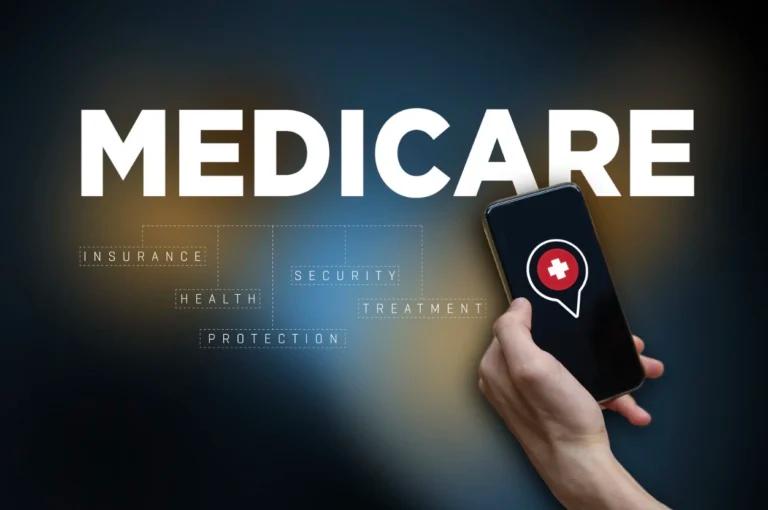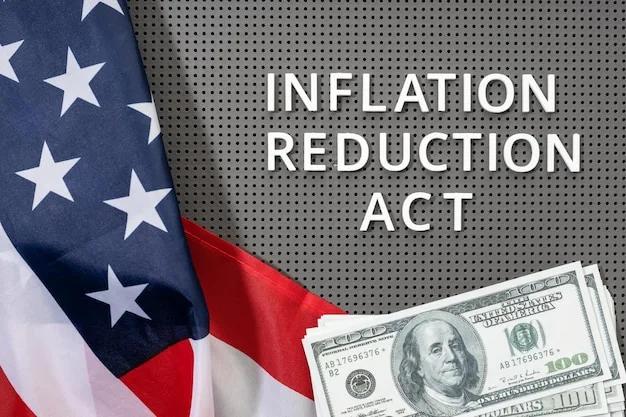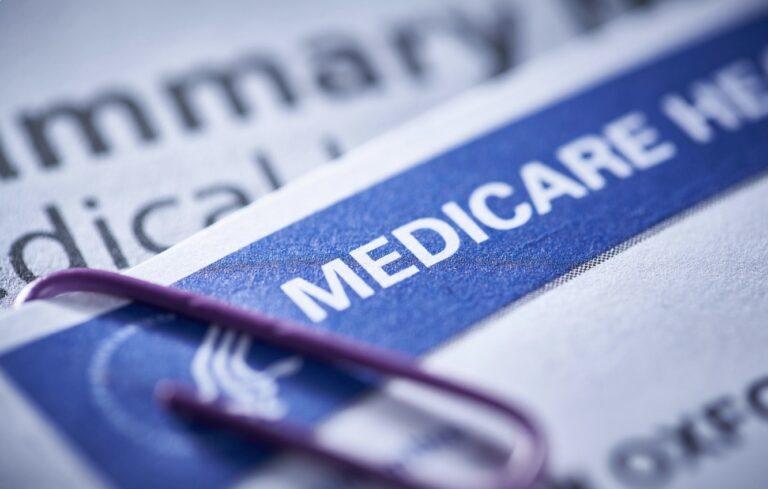Medicare Part D, the prescription drug coverage program for Medicare beneficiaries, has undergone changes over the years to make medications more affordable. One key aspect of Medicare Part D prescription drug plans that has received attention is the coverage gap, commonly known as the “donut hole.” In this article, we will explore whether the donut hole still exists in Medicare Part D and how it impacts beneficiaries.
Understanding Medicare Part D costs
Before diving into the Medicare Part D donut hole, it’s essential to have a basic understanding of Medicare Part D costs. Part D is designed to help Medicare beneficiaries pay for prescription drugs. It is offered through private health insurance companies that have contracts with Medicare.
Medicare Part D costs typically include premiums, deductibles, copayments, and coinsurance. Premiums are monthly fees that beneficiaries pay to have Medicare Part D coverage. Deductibles are the amount beneficiaries must pay out of pocket before their drug coverage begins. Copayments and coinsurance refer to the portion of the drug costs that beneficiaries are responsible for paying.
The coverage gap or donut hole explained
The coverage gap, commonly referred to as the donut hole, is a temporary coverage limit on what Medicare drug plans will cover for drug prices. It occurs after the initial coverage stage when the beneficiary and their drug plan have spent a certain amount on covered drugs.
In 2023, the coverage gap begins when the total cost of your drugs, including what the beneficiary and their insurance plan have paid, reach $4,660 (this amount may vary from year to year). Once in the coverage gap, beneficiaries are responsible for a percentage of the drug costs.
Changes to the donut hole
In the past, beneficiaries had to bear a significant portion of the drug costs while in the donut hole. However, changes made by the Affordable Care Act have gradually reduced the burden for beneficiaries. The donut hole has been shrinking each year, and starting in 2020, it has closed entirely for brand-name drugs.
Currently, when beneficiaries enter the coverage gap, they will pay no more than 25% of the cost for their plan’s covered brand-name prescription drugs. This discounted rate applies when purchasing prescriptions at a pharmacy or through mail order. Some plans may offer even lower costs during the coverage gap. It’s important to note that although beneficiaries pay only 25% of the price, almost the full cost of the drug counts as out-of-pocket costs to help them get out of the coverage gap.
Getting out of the donut hole
To get out of the Part D coverage gap, beneficiaries need to reach a certain out-of-pocket spending threshold. Once they and their plan have spent a total of $7,400 on covered drugs (including deductible, initial coverage, and some manufacturer discounts), they enter the catastrophic coverage phase. During this phase, beneficiaries pay significantly lower copays or coinsurance for their covered drugs for the remainder of the year.
It’s essential to keep track of out-of-pocket spending on covered drugs as it contributes to reaching catastrophic coverage. Out-of-pocket spending includes the deductible, what was paid during the initial coverage period, almost the full cost of brand-name drugs purchased during the coverage gap, and amounts paid by others on the beneficiary’s behalf.
Generic drugs and the donut hole
While brand-name drugs have specific cost-sharing rules in the coverage gap, generic drugs follow a different approach. Medicare Part D plan pays 75% of the price for generic drugs during the coverage gap, and beneficiaries are responsible for the remaining 25%. Unlike brand-name drugs, only the amount beneficiaries pay for generic drugs counts towards reaching catastrophic coverage.
For example, if a generic drug costs $20, the beneficiary would pay $5 (25% of $20) while in the coverage gap, and this $5 would be counted towards their out-of-pocket spending.
Additional considerations: Extra help and state pharmaceutical assistance programs
It’s important to note that beneficiaries who receive Extra Help, a program that assists with Part D costs, do not experience a coverage gap. Their drug costs may vary throughout the year depending on their income level and eligibility for the program.
Additionally, some states offer State Pharmaceutical Assistance Programs (SPAPs) that provide additional financial assistance to individuals with Medicare. Eligibility and benefits may vary by state, so it’s essential to explore these programs to determine if they could help reduce prescription drug costs.
Conclusion
In conclusion, the donut hole in Medicare Part D has experienced significant changes over the years, with the gap closing for brand-name drugs starting in 2020. Beneficiaries now pay no more than 25% of the cost for brand-name drugs while in the coverage gap, and almost the full cost counts towards their out-of-pocket spending. Generic drugs have their own cost-sharing rules, with beneficiaries responsible for 25% of the price. Programs like Extra Help and State Pharmaceutical Assistance Programs can provide additional support to individuals with Medicare. As always, it’s crucial for beneficiaries to review their specific plan details and consult with a Medicare advisor to understand how the donut hole may affect their drug costs.
Sources
Medical Disclaimer
NowPatient has taken all reasonable steps to ensure that all material is factually accurate, complete, and current. However, the knowledge and experience of a qualified healthcare professional should always be sought after instead of using the information on this page. Before taking any drug, you should always speak to your doctor or another qualified healthcare provider.
The information provided here about medications is subject to change and is not meant to include all uses, precautions, warnings, directions, drug interactions, allergic reactions, or negative effects. The absence of warnings or other information for a particular medication does not imply that the medication or medication combination is appropriate for all patients or for all possible purposes.







